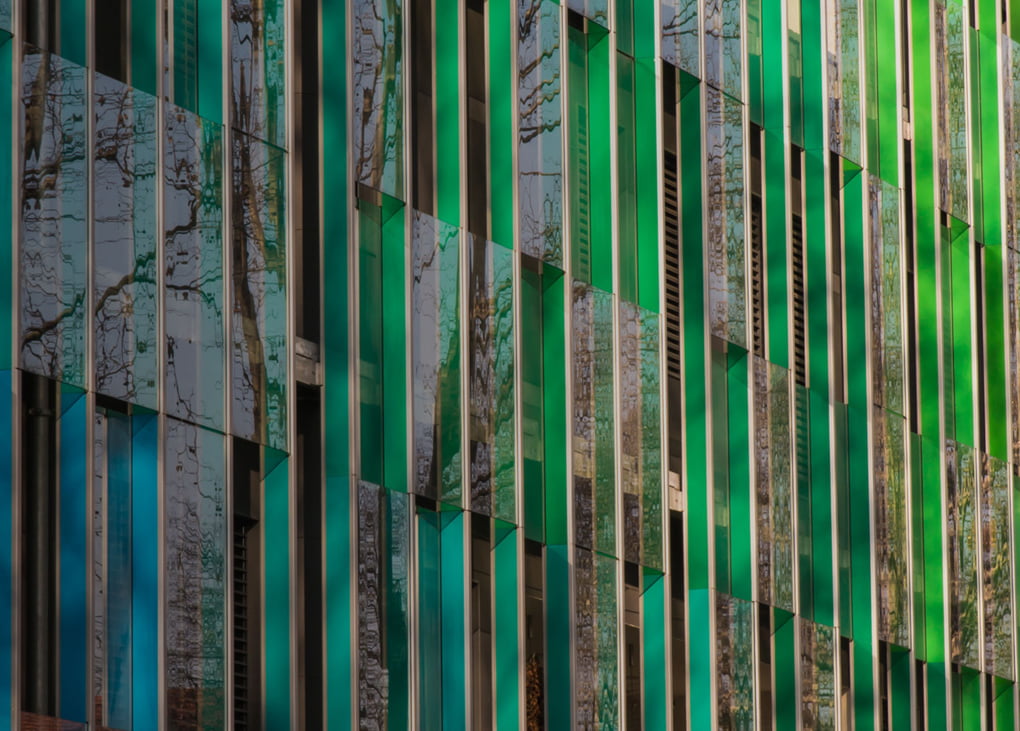The World Green Building Council (WorldGBC) has released a report that lays out a value proposition to drive investment in a sustainable built environment.
Beyond the Business Case, launched at COP26, aims to provide a timely and unique perspective for decision-makers to accelerate the industry’s sustainability transformation by capitalising on the economic opportunities, addressing risk mitigation, and embracing the social value case.
The report draws from and embraces the growing sustainability agenda across the built environment. This includes the evolving scope of sustainability; broadening of what we call “green”; closer alignment with the UN’s sustainable development goals; and the rise in social value as not just a consideration, but a business driver for developers and investors.
The report highlights seven co-benefits for investing in a sustainable built environment and offers case studies to support them.
A central innovation of the report is the analysis of climate-science aligned 2050 scenario modelling, showing that there is a stronger value proposition for investment in sustainable and quality real estate today. This is presented against a backdrop of recent trends. For example, wellness in real estate is projected to rise to a US$198 billion industry in 2022 – heightening demand for healthy, sustainable spaces.
“A powerful and up-to-date business case is essential to drive investment into green, sustainable buildings,” says the WorldGBC. “With the built environment responsible for 75 per cent of annual global greenhouse gas emissions, and real estate alone accounting for 37 per cent, plus 40-50 per cent of global resources extraction, the critical requirement for enhancing sustainability in the sector is undeniably clear. For the development of new buildings and the required upgrades of existing ones, the financial input will be monumental — new sustainable buildings are set to represent a $24.7 trillion investment opportunity in emerging markets alone by 2030, so tackling barriers to mass-market engagement is essential.”
The report explores drivers including the nationally determined contributions (NDCs), or country climate pledges within the Paris Agreement, regulatory change such as the European Union’s taxonomy, and the rise in sustainable finance and the growth of ESG reporting.
Beyond the Business Case also outlines reasons for the optimal economic opportunity from green assets, including greater access to investment, corporate reputation, higher asset value and investment resilience, lower build and operational costs and return on investment through occupant productivity.
The report has been developed by the WorldGBC global network, with collaboration and support from the Laudes Foundation, WSP, Johnson Controls, Buro Happold, Saint-Gobain, Mott Macdonald, Foster + Partners, Kingspan, SOM, CBRE, Lendlease, Institute for Human Rights and Business, and Green Building Councils around the world.
To read the report, click here.
 Mark Vender
Mark Vender


Leave a Reply